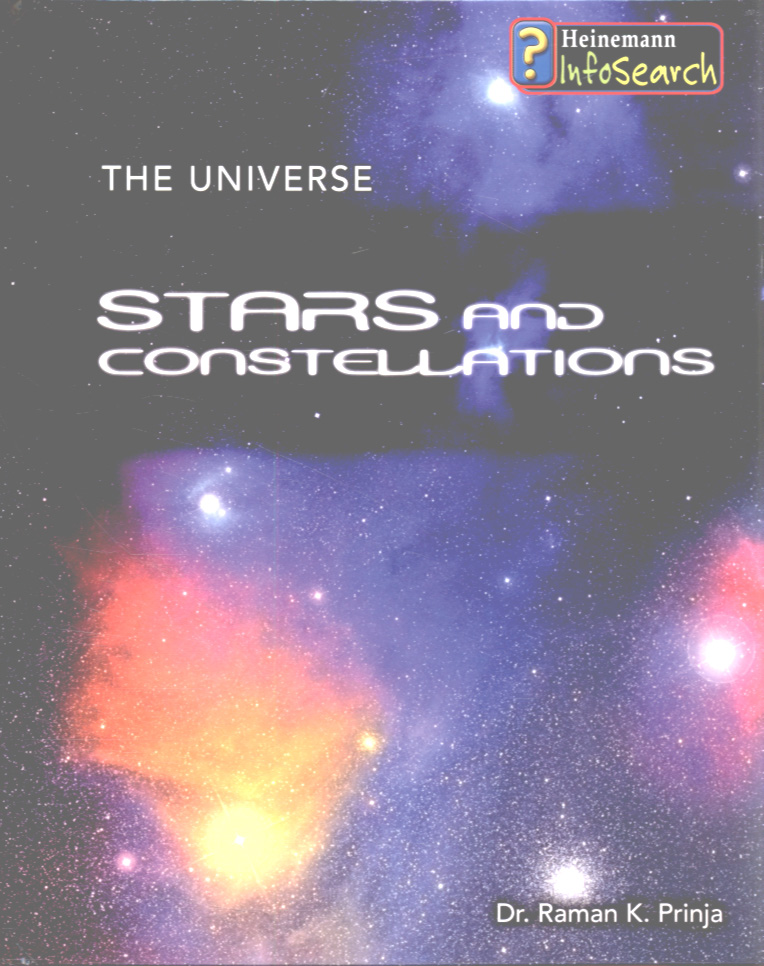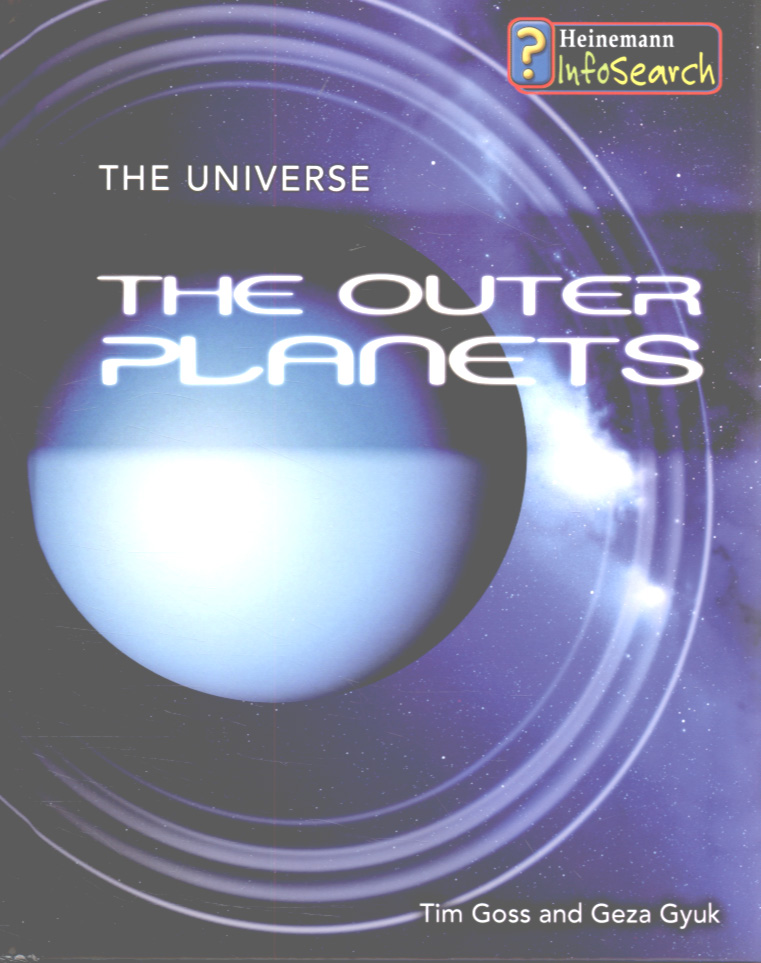Resources
![The Universe: Season One (8 DVD Box Set) [DVD]](https://images-na.ssl-images-amazon.com/images/I/41aLcswBMuL._SX385_.jpg)
The sky and outer space have fascinated man for centuries and the History Channel's series The Universe is the story of man's study of the cosmos from his...

'The Universe' is a series of illustrated children's books for seven to nine year olds that explores the solar system and its components. It introduces readers to some of the more exotic bodies that exist outside the...

'The Universe' is a series of illustrated children's books for seven to nine year olds that explores the solar system and its components. It introduces readers to some of the more exotic bodies that exist outside the...
This item is one of over 25,000 physical resources available from the Resources Collection. The Archive Collection covers over 50 years of curriculum development in the STEM subjects. The Contemporary Collection includes all the latest publications from UK educational publishers.
University endorsement statements
This resource is a collection of statements from over 40 universities and higher education groups in support of Core Maths. University...
This item is one of over 25,000 physical resources available from the Resources Collection. The Archive Collection covers over 50 years of curriculum development in the STEM subjects. The Contemporary Collection includes all the latest publications from UK educational publishers.
University of Bath Science 16-19 topic books provide detailed coverage to support both options for AS and A Level as well as other advanced courses. The clear format of...
Unlocking the Genetic Diversity of Rice
This Catalyst article looks at wild rice which was domesticated a long time ago, and explores how understanding its genetic diversity can help to develop new strains.
This article is from Catalyst: Secondary Science Review 2011, Volume 22, Issue 2.
...
In 1859, Charles Darwin published On the Origin of Species. In it, he argued that all of life on earth was the product of undirected natural processes: Time, chance, and natural selection. Since Darwin, biologists have relied on such processes to account for the origin of living things. Yet today, this approach is...

